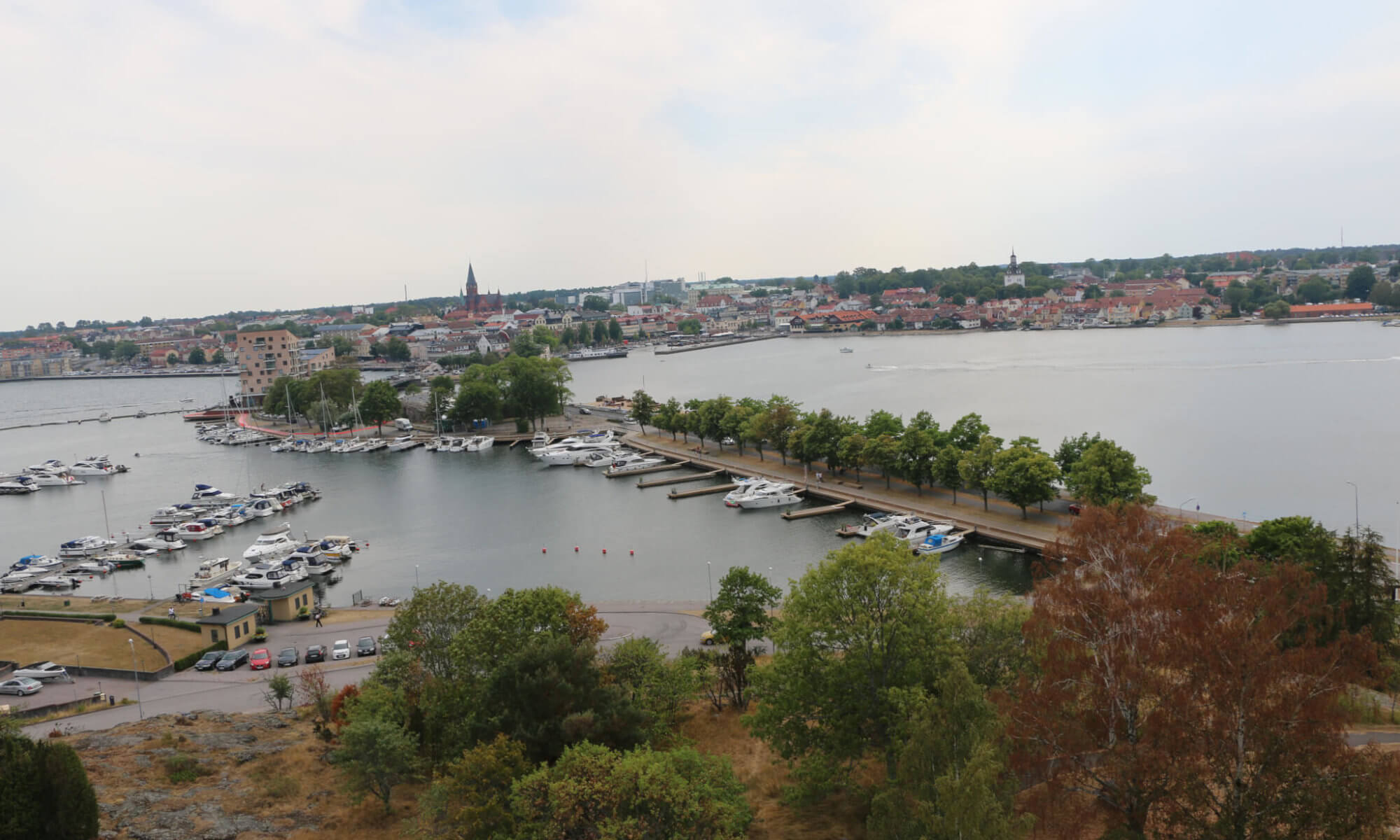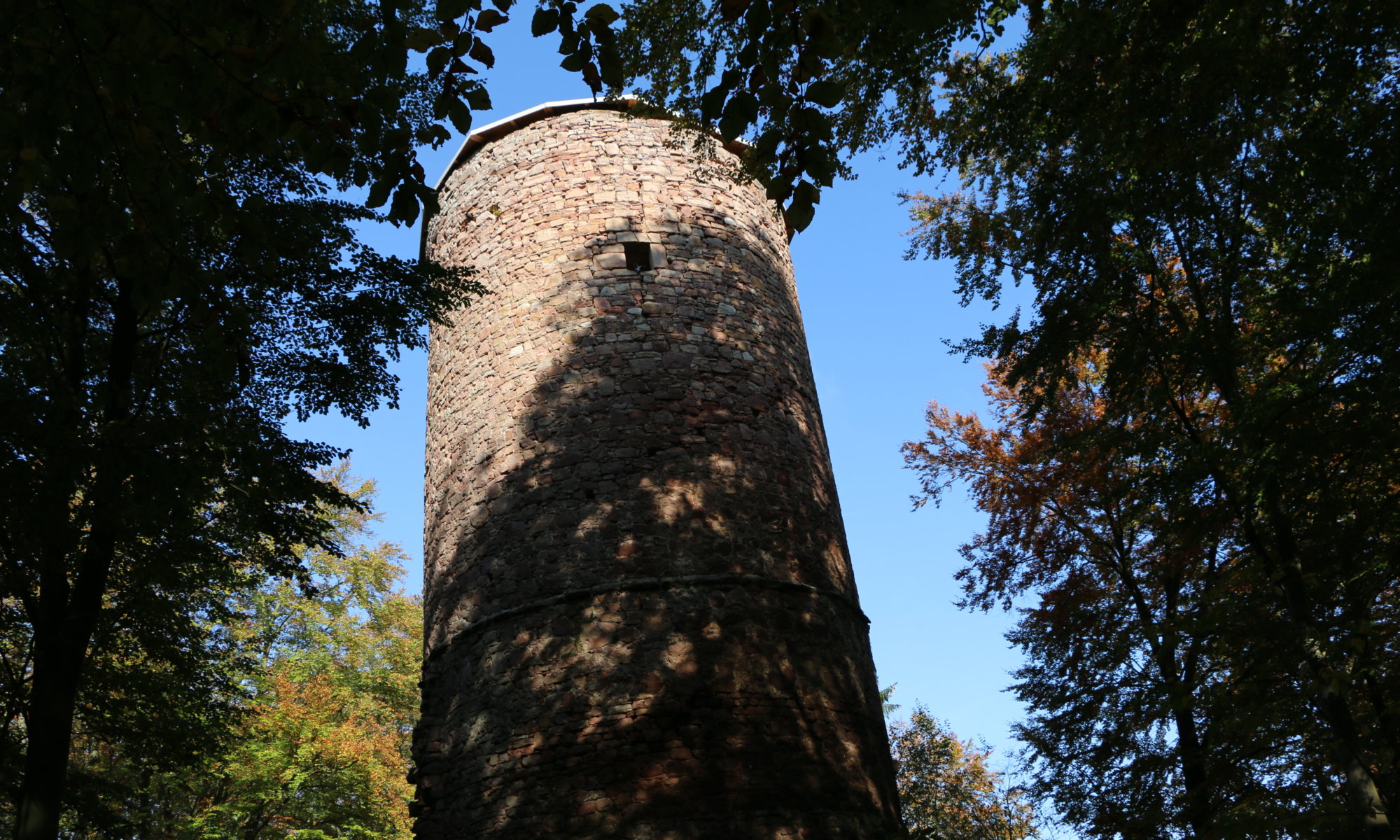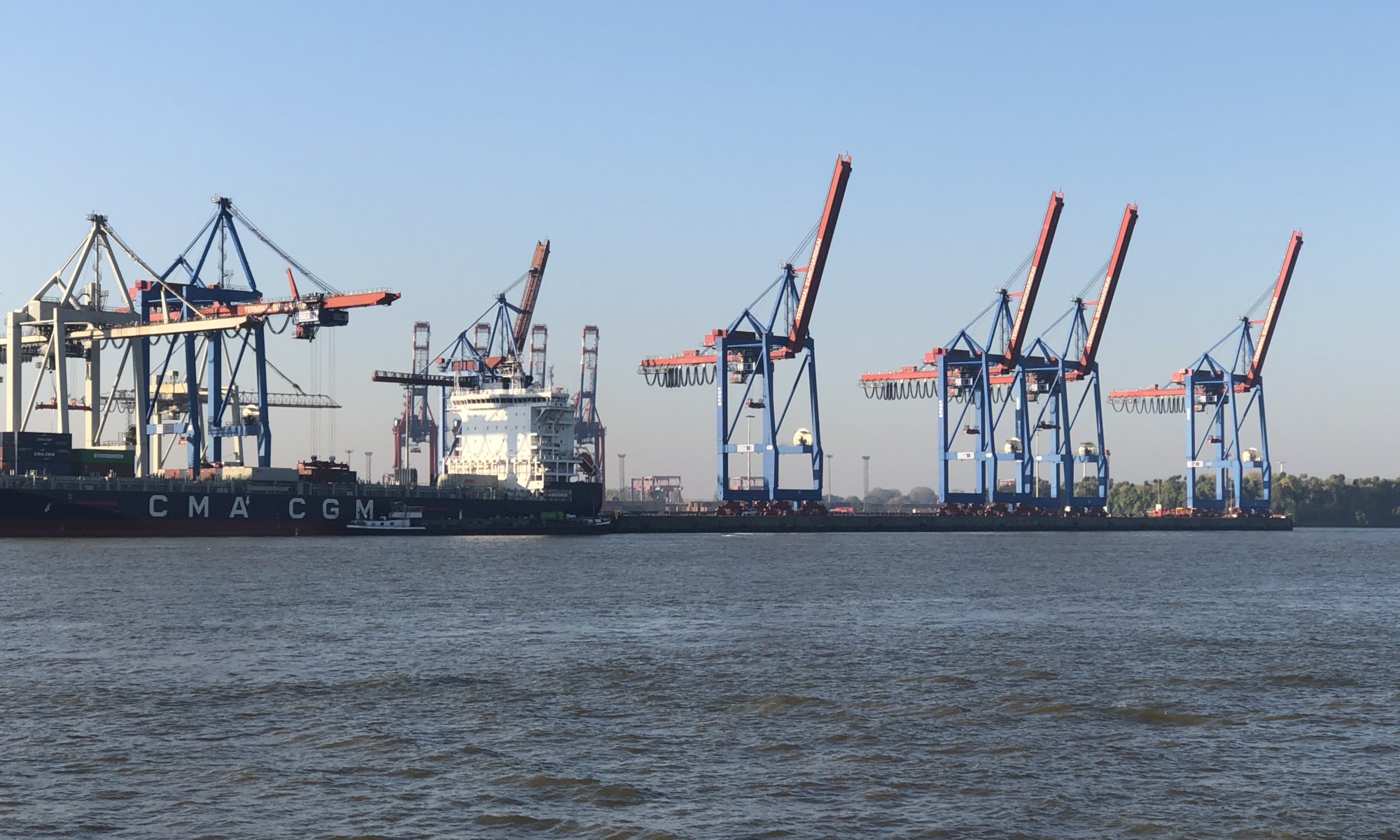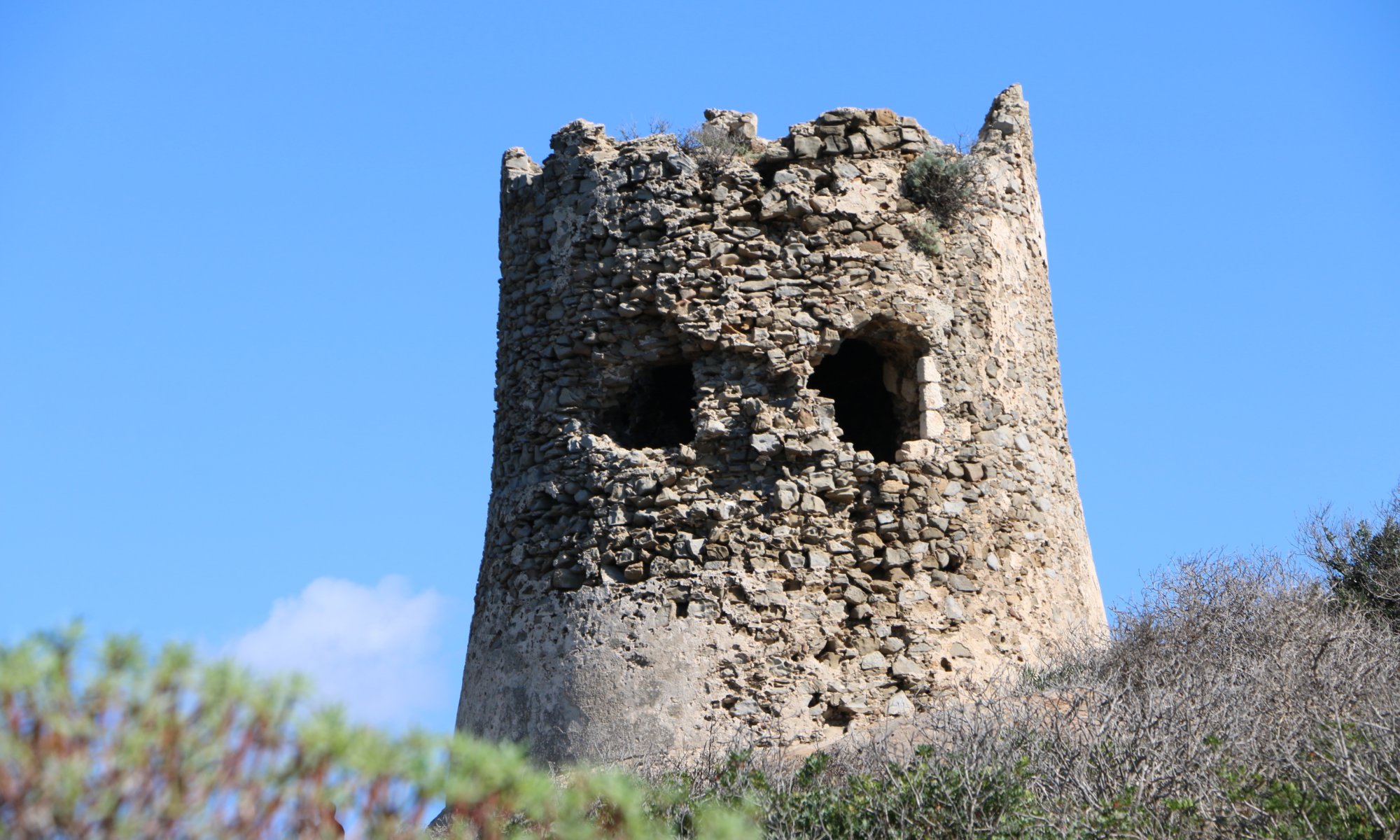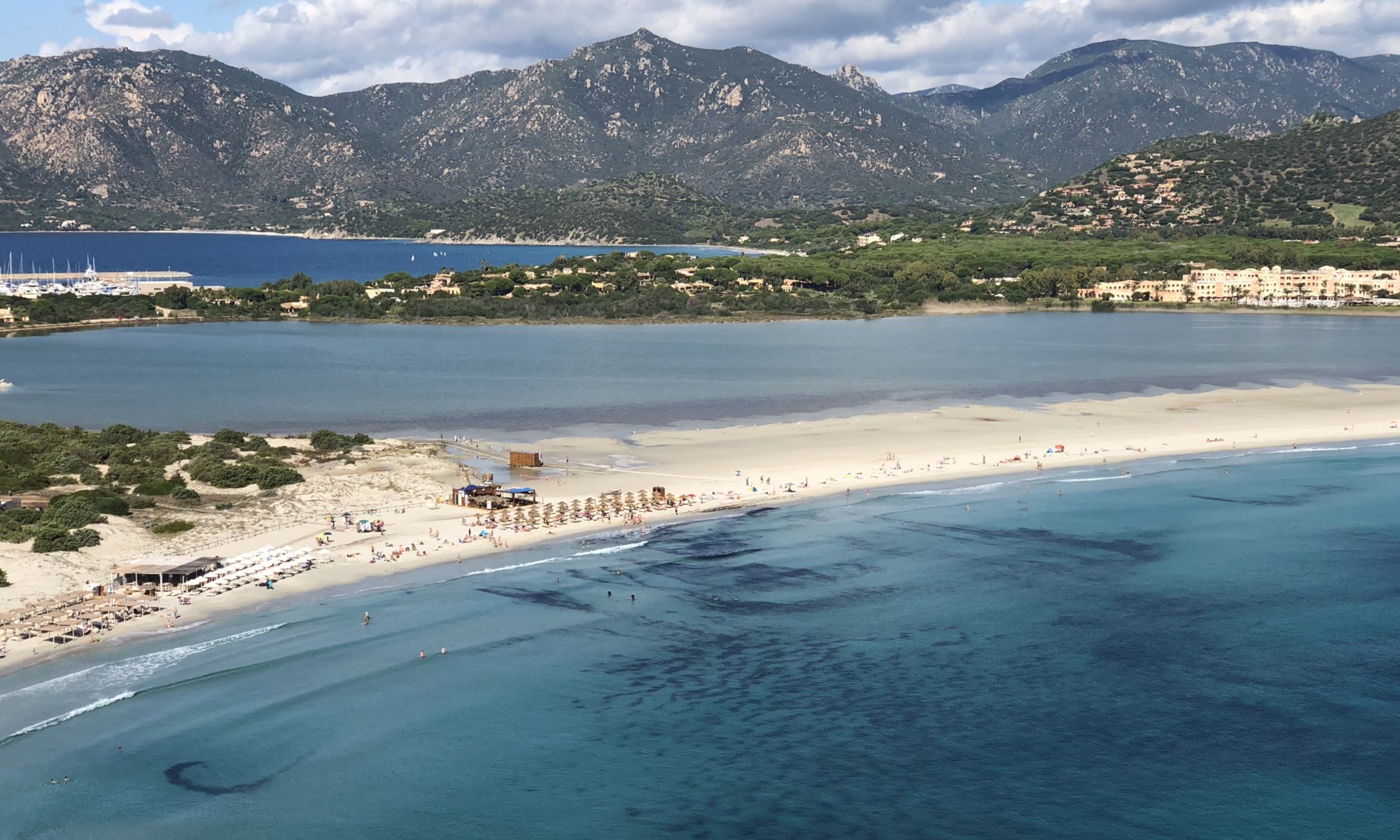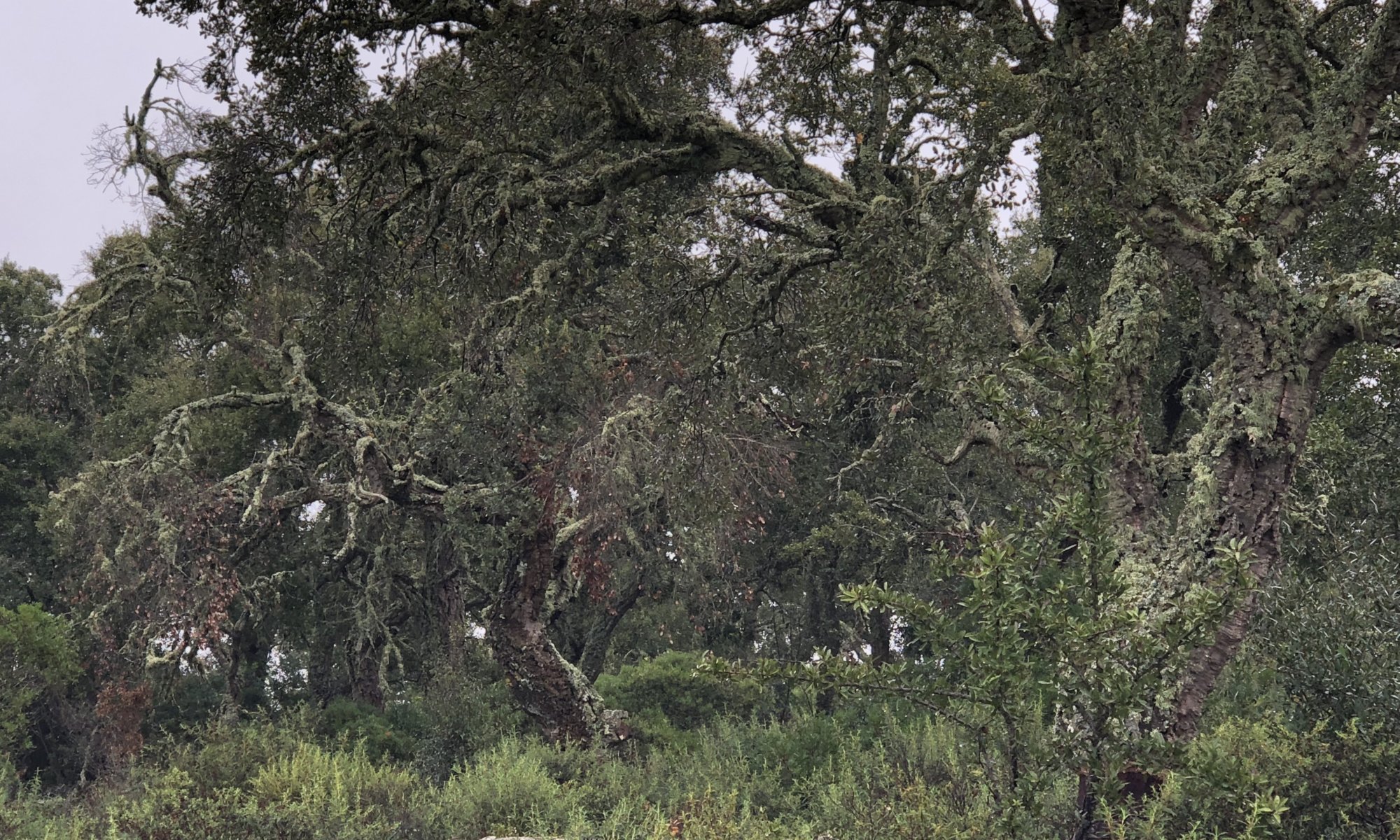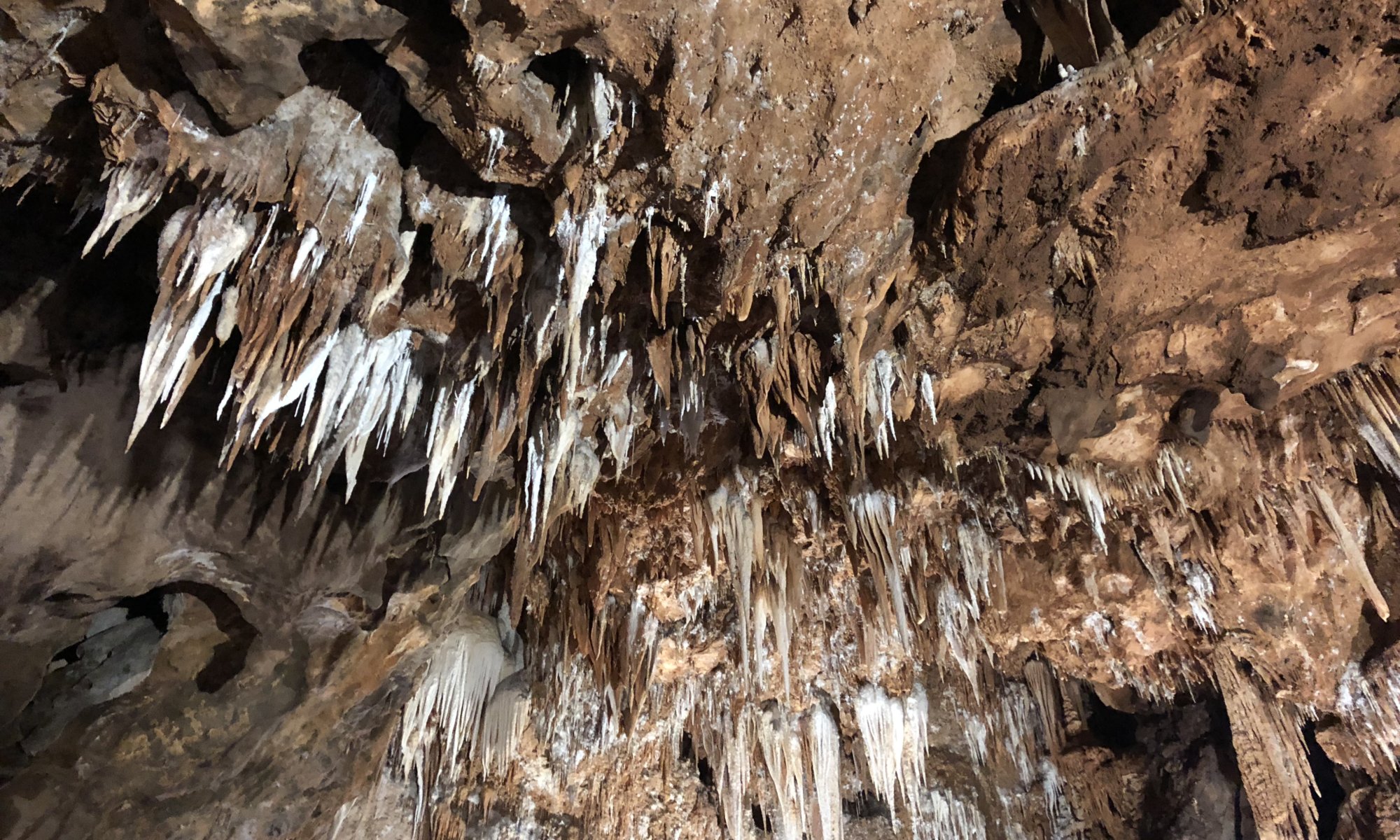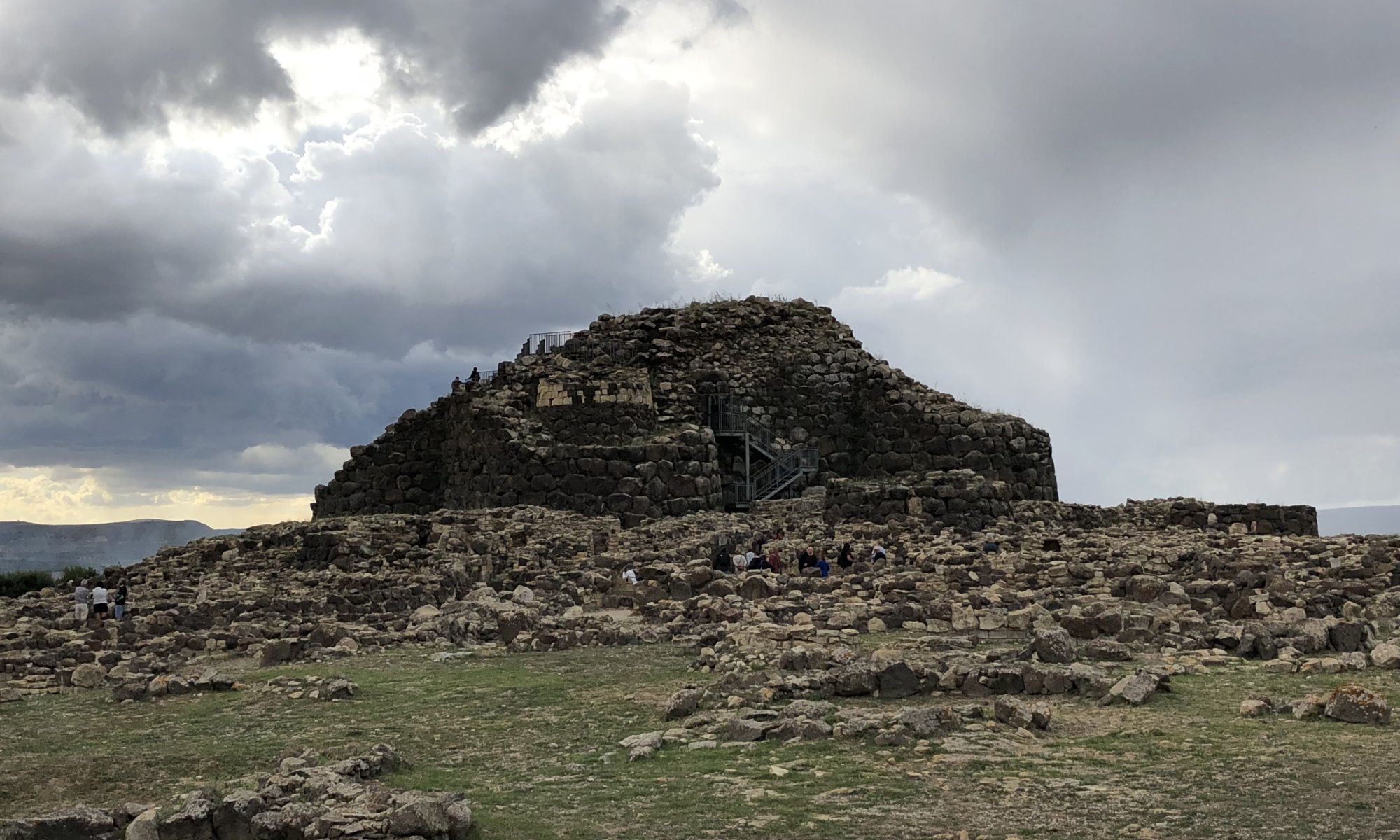Hidden in the forest between Hemeln and Glashütte belonging to Hann. Münden, Germany you can find the ruin Bramburg. It dates back to the 11th century CE and today you can see the well-preserved donjon and some rests of the walls. You can’t enter the building but it is nice to explore the area and the forest surrounding it. Continue reading “Bramburg”
Elbufer
Most tourists go to the Landungsbrücken at Hamburg, Germany to get some hanseatic flair. If you’re looking for a good alternative just go to the Fähranleger Neumühlen by ship or car. Then you can have old ships at a harbour, moving container cranes, the river Elbe, giant sea vessels, a sandy beach, bars and rolls with fresh fish. Continue reading “Elbufer”
Torre di Porto Giunco
High above the beach of Porto Giunco at Villasimius, Italy you can see an old Spanish tower made of stone which isn’t in best condition. It is a fortification from the 16th century protecting the bay. You can’t enter it but it’s location gives you great views on the coast line around it. Continue reading “Torre di Porto Giunco”
Capo Carbonara
If you go to the southeastern end of Sardegna you’ll reach the Capo Carbonara located near Villasimius, Italy. It is a nice area obviously mostly used for tourism. There you will find several beautiful beaches that invite you to some hours at the shore. Continue reading “Capo Carbonara”
Giara di Gesturi
A special flora and fauna awaits you on the tableland called Giara di Gesturi. Wonderful macchia and cork oak trees that are covered with moss and plats can be seen, flat lakes called pauli and 600 rather shy wild horses that live freely on the area – accompanied by sheep, wildcats and pigs. Continue reading “Giara di Gesturi”
Grotta Is Zuddas
In the mountains of the island of Sardegna you can find different flowstone caves that you can visit – one of them is the Grotta Is Zuddas near Santadi, Italy. They have been opened to tourism in 1985 and you can have a guided tour on 500 meters of the 1650 meters long cave. Continue reading “Grotta Is Zuddas”
Fenicotteri
When preparing for the trip to Sardegna I learned that in the south of the island you can see flamingos in the wild. As I only knew these colorful birds (gaining their color from eating red crabs) from zoological gardens I was keen to see them in their natural habitat. But for days there was not a single fenicottero to see. Continue reading “Fenicotteri”
Grotta di San Giovanni
Close to the small village Domusnovas, Italy you can find a special flowstone cave created by river San Giovanni. On the other side of the mountain there are several old minded and that is why at the end of the 19th century a road has been built through the cave. Therefore it is paved and the road is secured so that you can’t fall into the river in the cave. Continue reading “Grotta di San Giovanni”
Nuraghe Su Nuraxi
The best preserved nuraghe on Sardegna is the complex Su Nuraxi de Barùmini near Barumini, Italy. Therefore it became a UNESCO world heritage site in 1997 – the only one on the island. The fortification is linked to the Bonnanaro culture dating back to 2200 BCE. It was destroyed in 600 BCE by the Punics. Continue reading “Nuraghe Su Nuraxi”
Sardegna in miniatura
We came to Sardegna at the end of September and besides the natural beauty of the island, the many nuraghe and caves there were no big tourist highlights open – at least not in the south of the island. All water parks were already closed. But one nice location for children was still open: the theme park Sardegna in miniatura at Tuili, Italy – not far away from Barumini. Continue reading “Sardegna in miniatura”
